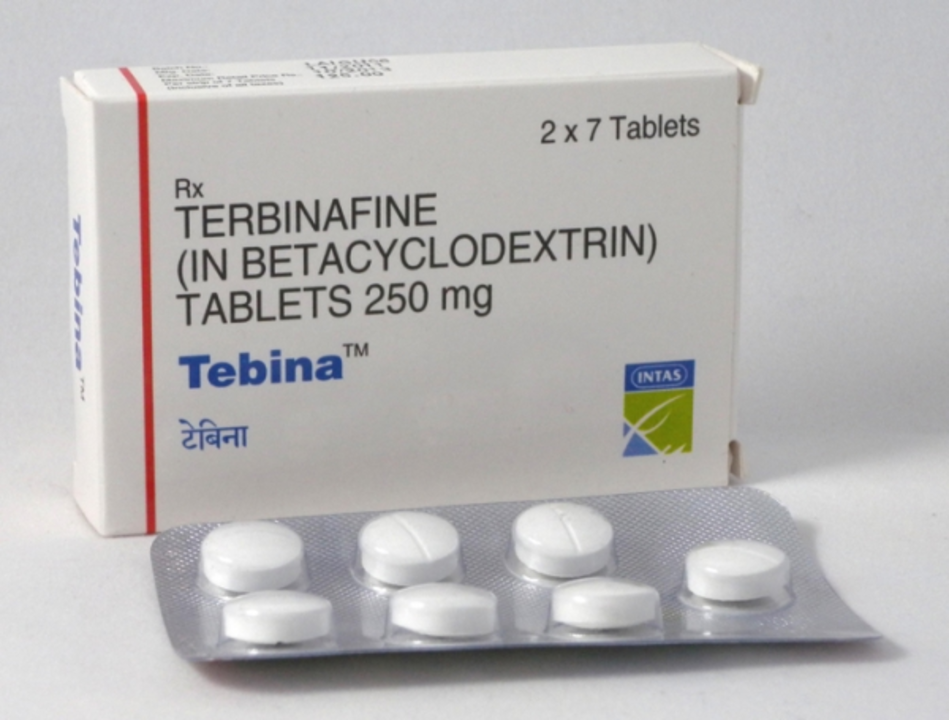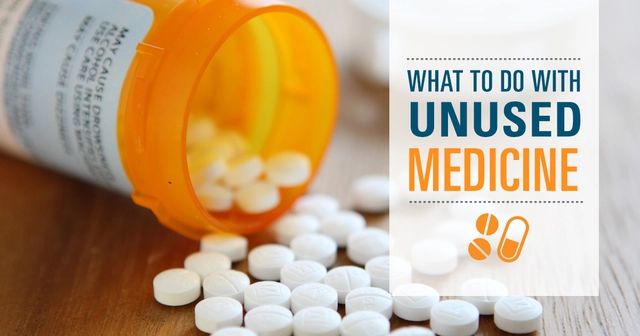Uses: How Common Medicines Work and When to Take Them
Not sure what a drug is actually for? This tag groups straight‑talk guides that explain each medicine’s main uses, who benefits most, common side effects, and practical safety tips. Read one page and you’ll know enough to ask better questions at your next doctor or pharmacy visit.
Start simple: look at the condition the drug is meant to treat and the goal of treatment. For example, Reminyl (galantamine) is used to help cognition in some people with dementia; Zithromax (azithromycin) treats certain bacterial infections; Phenergan (promethazine) is used for allergies, nausea, or motion sickness; Dostinex (cabergoline) treats high prolactin. Those short lines tell you the primary use — the full article explains who’s a good candidate and what to watch for.
How to tell if a medicine is right for you
Check five things before you start: diagnosis, benefits you should expect, side effects you can tolerate, interactions with current drugs, and special warnings for age, pregnancy, or kidney/liver problems. For example, antibiotics like azithromycin won’t help viral colds, and some antipsychotics are known for weight gain — alternatives exist if that’s a concern. If you’re unsure, ask your prescriber to explain the specific benefit they expect for your case.
Look at dosage and timing. Some drugs need daily steady use (like many blood pressure meds), others are short courses (some antibiotics), and some require gradual dose changes (antidepressants or antipsychotics). Following the exact schedule matters more than you might think — missing doses can reduce benefit or cause withdrawal symptoms.
Safe buying, alternatives, and practical tips
If you consider buying meds online, check for a verified pharmacy, readable contact info, and a requirement for a prescription when one’s needed. Read our guides on buying Topamax, Methyldopa, or Isordil online for specific red flags and trusted steps. Also know customs rules if you import medicines — some drugs are restricted or limited in quantity.
Alternatives matter when a drug causes side effects or isn’t available. We cover real alternatives for many meds — from asthma inhalers and antipsychotics to antidepressants and digestive drugs. Alternatives aren’t switch instructions; they’re starting points for a discussion with your doctor about risks, costs, and ease of use.
Finally, keep a simple record: drug name (brand and generic), dose, why you take it, start date, and any side effects. Share that list with every provider. That small habit prevents interactions, duplicate therapy, and confusion when switching pharmacies or traveling.
Want a quick next step? Pick a drug from this tag — whether it’s Reminyl, Lisinopril‑HCTZ, or a supplement like Lasuna — and read the full guide to learn the clear, practical details you need to use it safely and smartly.
6
The ultimate guide to understanding terbinafine and its uses
In my latest blog post, I've created the ultimate guide to understanding terbinafine and its uses. Terbinafine is a powerful antifungal medication that's commonly prescribed to treat various fungal infections, such as athlete's foot, ringworm, and nail infections. My guide explains how terbinafine works, possible side effects, and tips for using it safely and effectively. I've also included some real-life stories from people who have benefited from this medication. Don't miss out on this comprehensive guide to better understand the benefits and precautions of terbinafine!
Latest Posts
Popular Posts
-
 Acromegaly: Understanding Excess Growth Hormone and Effective Treatment Options
Acromegaly: Understanding Excess Growth Hormone and Effective Treatment Options
-
 Small Intestinal Bacterial Overgrowth: Breath Tests and Treatment Explained
Small Intestinal Bacterial Overgrowth: Breath Tests and Treatment Explained
-
 How to Keep Medications Safe from Children and Pets at Home
How to Keep Medications Safe from Children and Pets at Home
-
 Amyotrophic Lateral Sclerosis: How Riluzole Slows Neurodegeneration and Extends Life
Amyotrophic Lateral Sclerosis: How Riluzole Slows Neurodegeneration and Extends Life
-
 Chronic Pancreatitis: Managing Pain, Enzyme Therapy, and Nutrition
Chronic Pancreatitis: Managing Pain, Enzyme Therapy, and Nutrition



